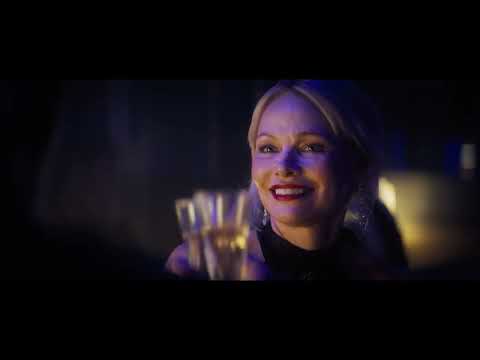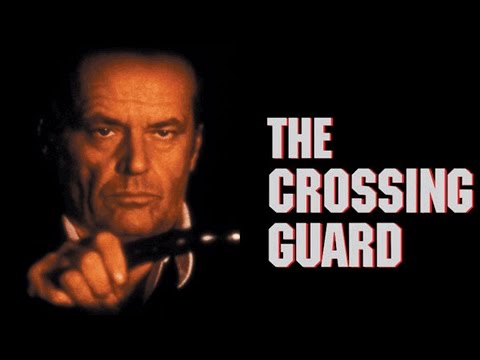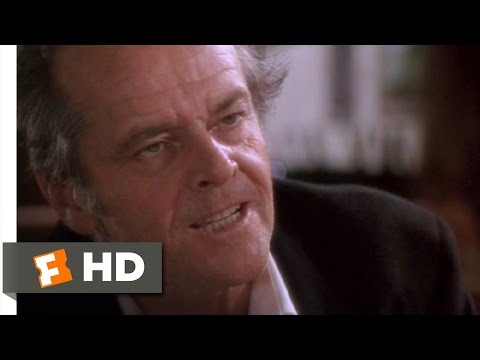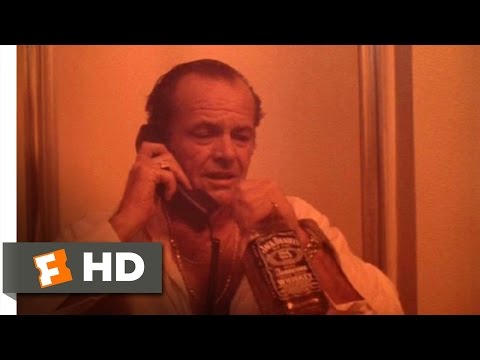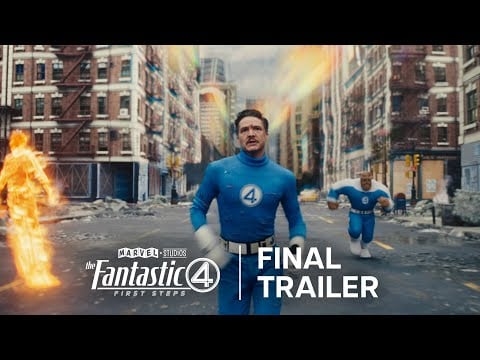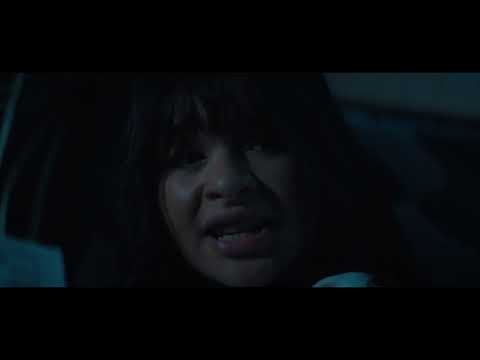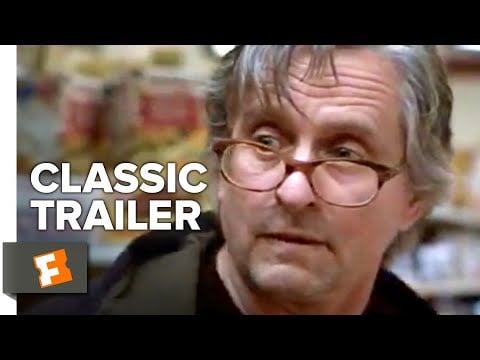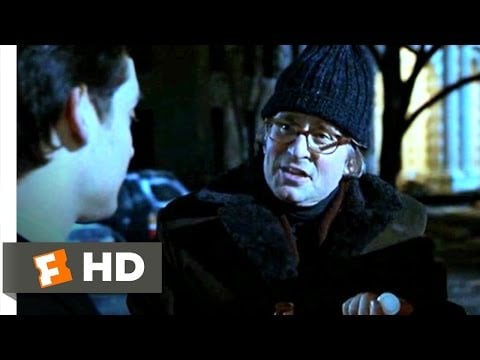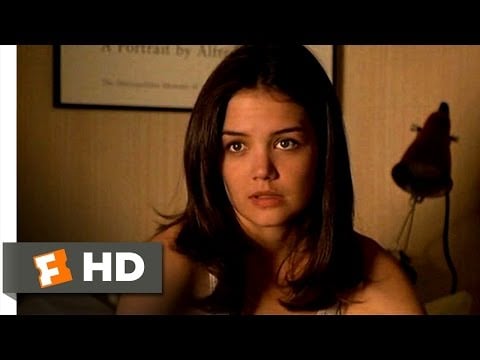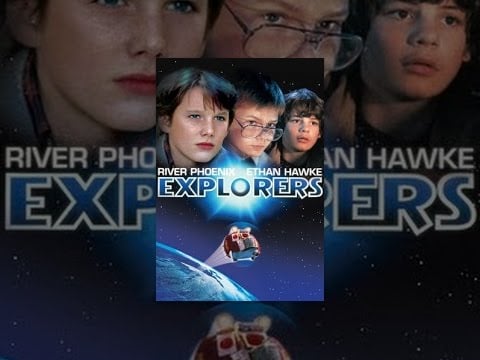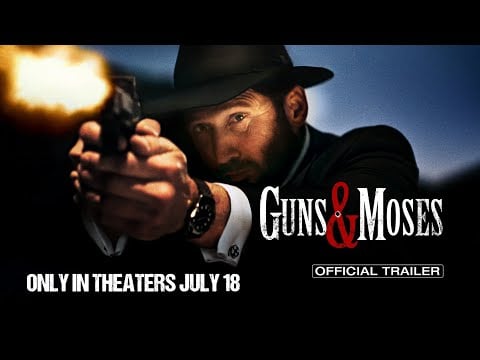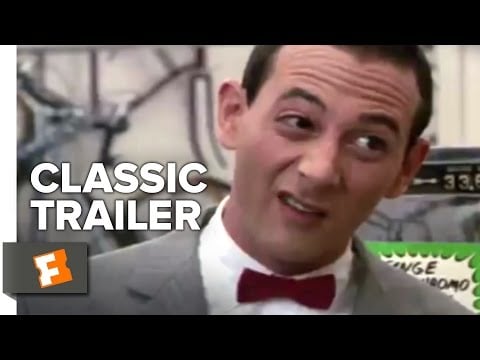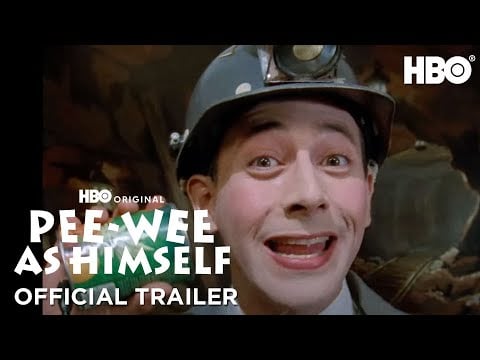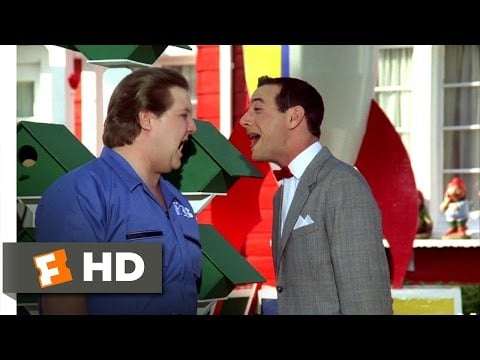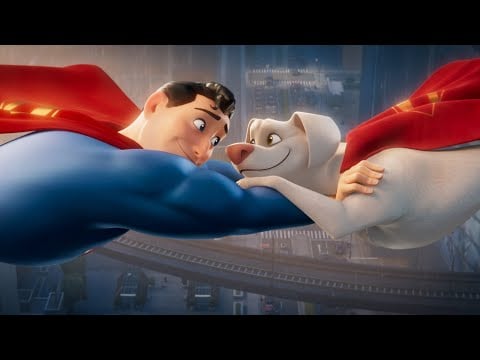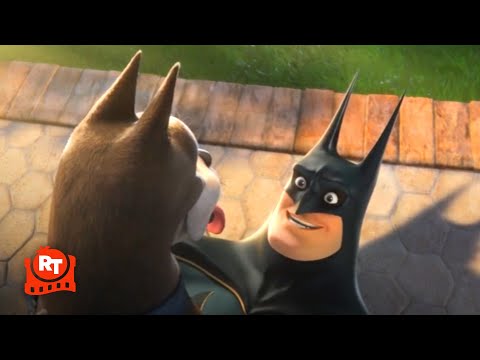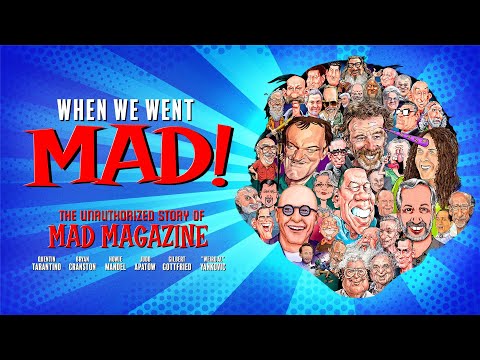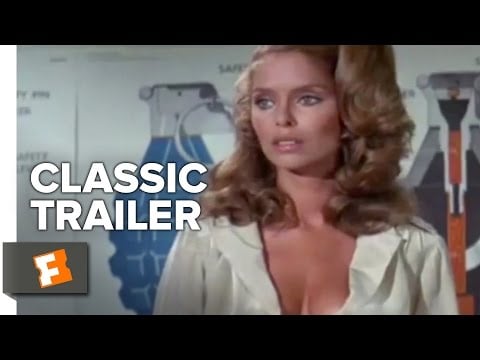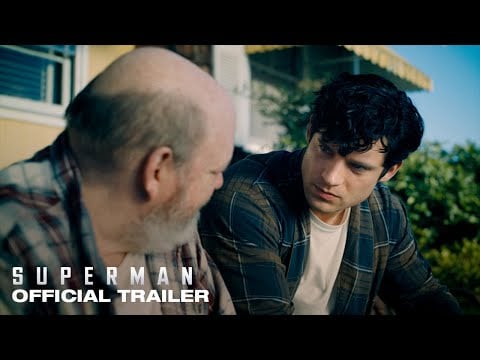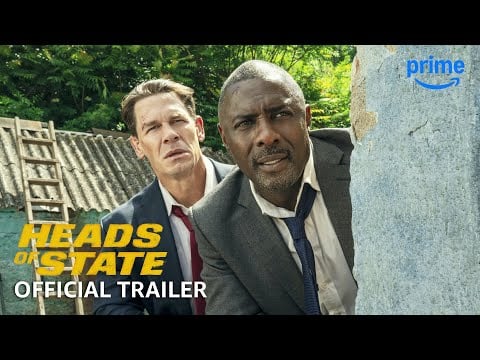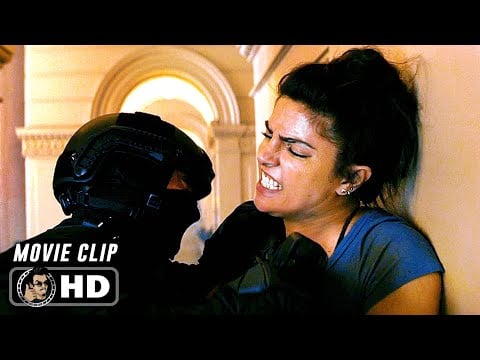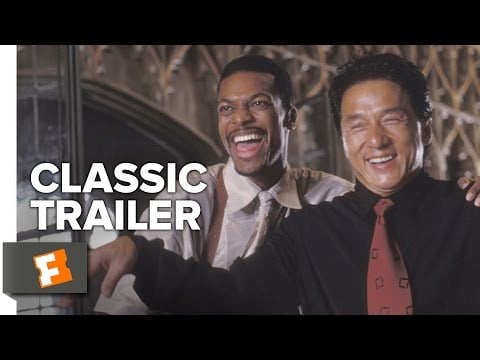Tim Story’s “Fantastic Four” (2005) was the first big-budget adaptation of Marvel’s “The Fantastic Four.”
It arrived 20 years ago and serves as a warning and a sign of things to come.
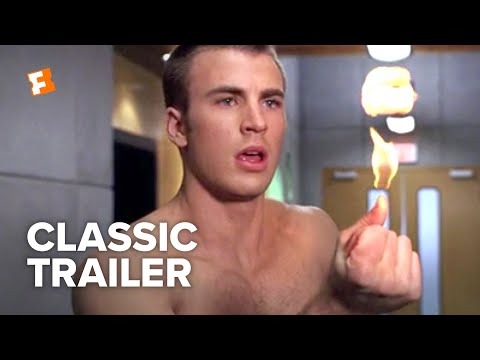
We meet Reed Richards (Ioan Gruffudd), Sue Storm (Jessica Alba), Johnny Storm (Chris Evans) and Ben Grimm (Michael Chiklis) as they work together on a research project that blasts them into outer space. Upon re-entry, their newfound super-powers are immediately on display, and their roles as media stars are established.
Alliances and personal tensions are established, leading the four to determine themselves as superheroes, while the villainous Victor Von Doom (Julian McMahon) aims to destroy them.
The 2005 “Fantastic Four” isn’t offensively bad, as some claim, nor a misunderstood classic worthy of defense. The result is a comic book film in capital letters, a jokey, cornball “event movie” with good qualities but an indifferent filmmaking approach.
From the start, it feels rushed. The characters aren’t given proper introductions. The sole topic of conversation is the plot exposition. We’re only given broad strokes, both in terms of story and in what we’re told about everyone on screen.
Even after the transformation begins and the Fantastic Four begin to embrace their metamorphosis, I was still asking myself, Who are these people?
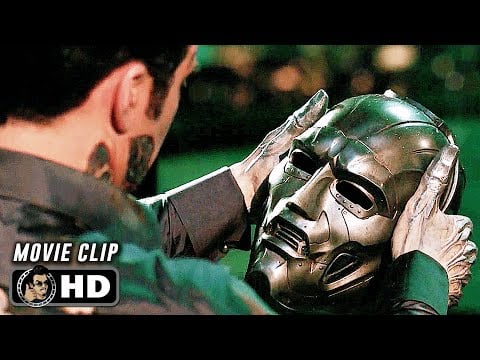
McMahon has the looks and manner to suggest villainy at first glance, long before the character becomes Dr. Doom. Gruffudd is pleasant, handsome and bland as Mr. Fantastic. Alba is cute as a button but doesn’t have either the acting chops or the role to showcase anything beyond her appealing presence.
What almost puts the movie over are Chiklis as The Thing and Evans as Johnny Storm. Having established himself as a heavy-hitting dramatic actor, as well as always-game (having previously played both John Belushi and “Curly” Howard), Chiklis can play anything and manages to make Ben Grimm sympathetic and touching.
Evans is very funny, playing his character’s party-boy attitude to the hilt. It’s especially fun seeing Evans cut loose, since he later went on to play one of the squarest superheroes in the Marvel Cinematic Universe.
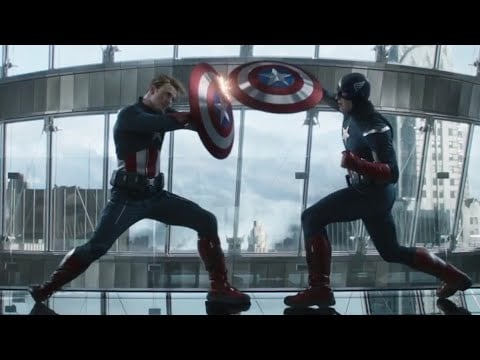
Even with (for their time) high-caliber CGI effects and a well-funded production, the tone is too lightweight to suggest the grand qualities of the source material. As a comic book, The Fantastic Four may be goofy, but there’s always something majestic about them.
They deserve an awe-inspiring motion picture. This is a children’s film.
Silly and pat, it puts the emphasis on cute quips and episodic/ FX-driven scenes, instead of building momentum in either the narrative or the heroes. It’s so loose, you wonder if all the real, in-depth scenes were cut out.
The overall result is like a highlight reel.
Evans’ Human Torch is constantly talking about how to make their brand a commercial commodity, which is exactly what the movie is doing as well. Few out-of-the-gate franchise films are as open and on-the-nose about how happy they are to sell out.
Comic book movies don’t need to be “dark” by default. If anything, it’s refreshing to see a comic book movie that wants to have fun, doesn’t take itself so seriously and is fairly enjoyable, if insubstantial.
Story never makes a clear decision if he’s making a comedy or an action/fantasy, as the tone constantly wavers without purpose. The brief, edgier moments (which earn the PG-13 rating) are undercut by scenes that would be silly in a “Beethoven” sequel.
Story doesn’t make it personal. A more risk-taking filmmaker of vision should’ve taken this on.
RELATED: ‘FANTASTIC FOUR: FIRST STEPS’ REVIEW
The subsequent “Fantastic Four: Rise of the Silver Surfer” (2007) also has its share of problems, but at least aimed for “Superman II” (1980) stature. At the very least, the 2005 “Fantastic Four” is superior in every way to the infamous, 1994 Roger Corman-produced version. I’ve seen it, in all of its cringe-inducing glory, and can report it’s awful in ways few bad movies truly are.
As for the universally loathed 2015 “Fantastic Four” from director Josh Trank, I was in that film’s corner for the first act. There comes a point where you can tell where major edits and creative compromises permanently handicapped it.
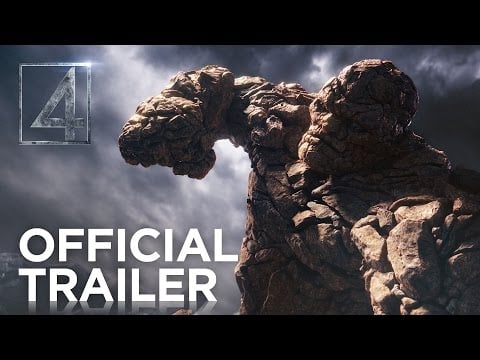
Perhaps The Fantastic Four was never meant to go in a Christopher Nolan or David Cronenberg direction, though I give Trank credit for trying, even unsuccessfully, to nudge it that way. The new “The Fantastic Four: First Steps” clearly sprints in the opposite direction, making Trank’s interpretation such an anomaly and an easy pick as a cult movie in less than 10 years.
Story’s “Fantastic Four” wants to entertain and succeeds. Yet, it should be remarkable and riveting, but the end result is so easy to digest, it’s as pleasurable and forgettable as a sip from a juice box.
The post Why ‘Fantastic Four’ Fizzled the First Time Around appeared first on Hollywood in Toto.
from Movies - Hollywood in Toto https://ift.tt/5H93lNp

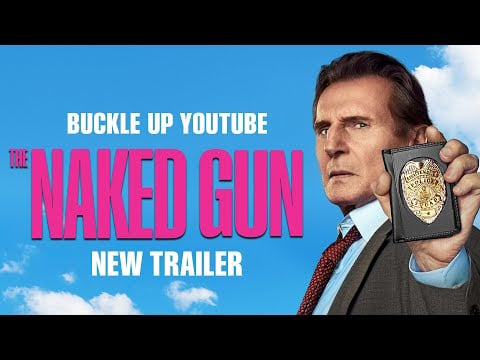
 without flinching.
without flinching.